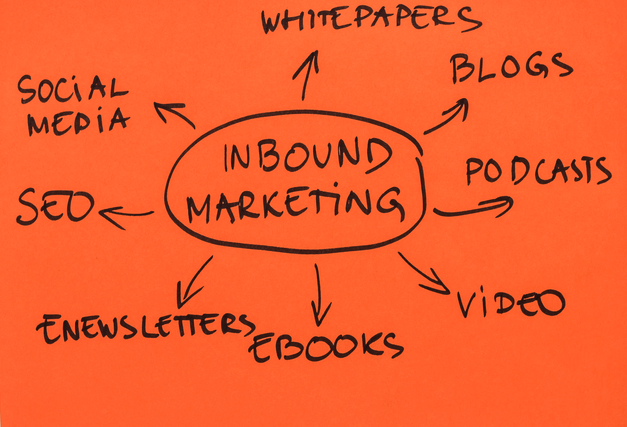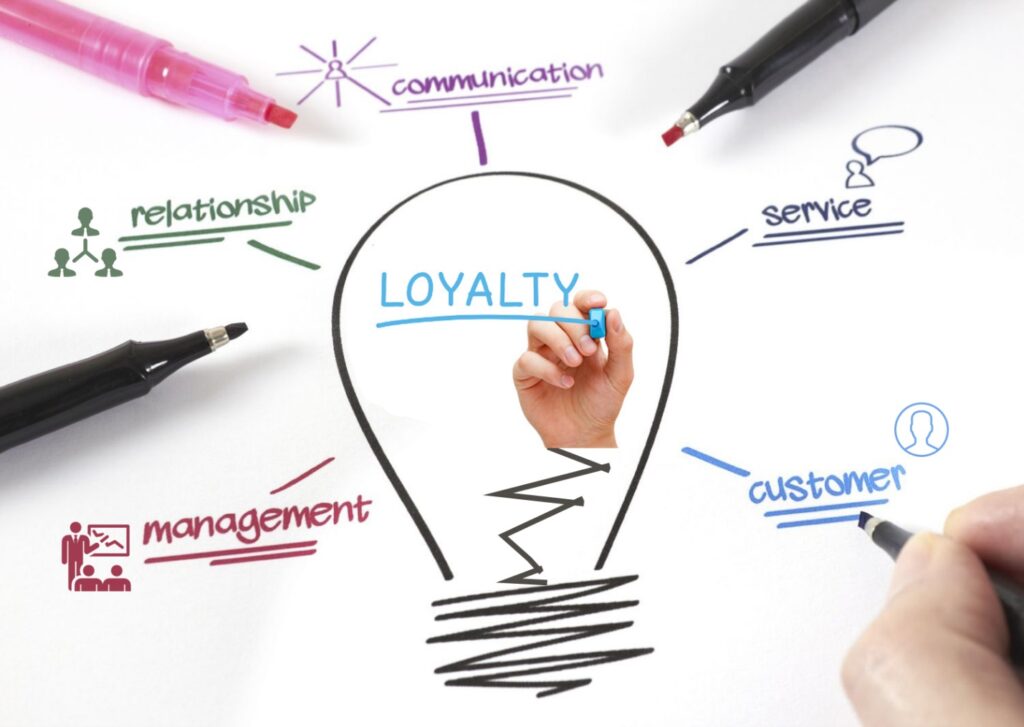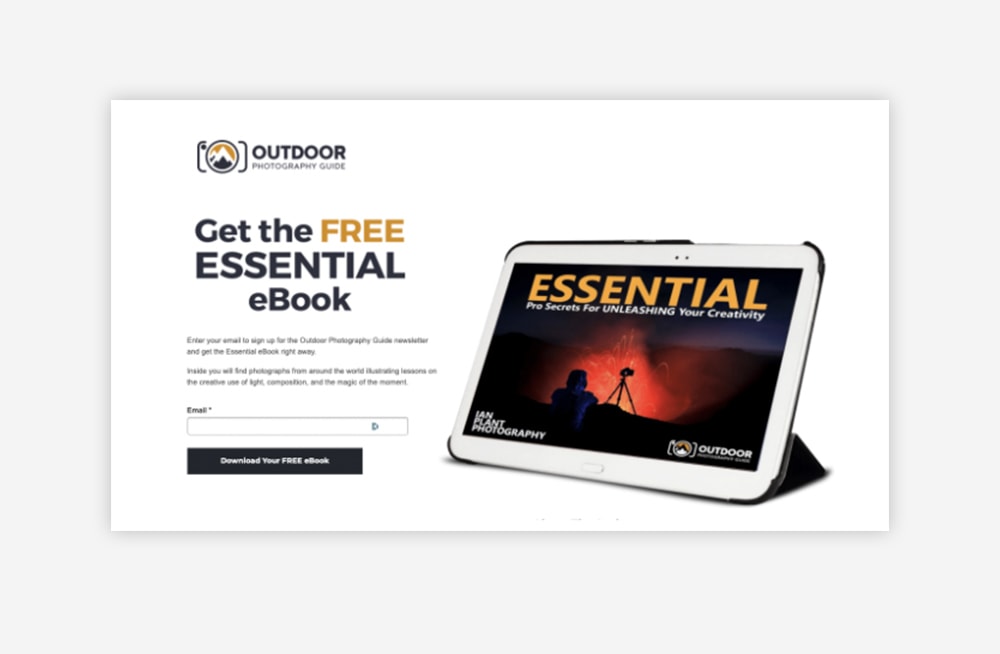The marketing tool known today as the “funnel,” which was originally used by marketers to describe the process of moving people from awareness to consideration to purchase, has evolved into the “Content Marketing Funnel.”
This new version allows content marketers to better support their sales by targeting each stage of their sales funnel with a specific piece of content that helps them qualify, nurture, and close leads into customers.
A content marketing funnel can be used strategically to open up a lot of opportunities for marketers and startups.
Essential Components of a Conversion Funnel
A conversion funnel is essentially a set of steps that leads customers toward making a purchase.
The goal is to move prospects along the path of buying your product or service. In this guide, we’ll cover the essential components of a conversion funnel. We’ll start with the basics, such as defining your target audience and creating a marketing strategy. Finally, we’ll talk about how to measure success.
Beyond the Funnel

The marketing funnel is one of those things we’ve heard about since we were kids. We know there’s a beginning, middle, and end, and we know that our job is to get people to move down the funnel toward conversion.
But while many companies still use a traditional funnel, some are starting to look beyond it. In fact, according to HubSpot, “a growing number of organizations are adopting a flywheel marketing model.” This model looks at the entire buying process and how each role interacts with consumer behavior throughout the process.
Flywheel marketing recognizes that most buyers don’t start out as leads; rather, they enter the funnel via social media, email, referrals, etc., and continue along the way.
Marketing plays multiple roles across the entire buying cycle, including nurturing leads, educating prospects, converting leads into customers, and retaining existing customers.
Building a Brand Identity and Gaining Credibility

Your brand identity is comprised of many different aspects of your business. These include what your brand says, the values it stands for, how you communicate about products and services, and what you want your customer to feel when interacting with your brand.
The impression your product leaves with customers stays with them long beyond the sale, so it’s important to develop a strong brand identity. We’ve identified five key areas where brands must focus their efforts to achieve lasting credibility:
1. What does your brand say?
2. What do your values stand for?
3. How do you communicate about your products and services?
4. What do you want your customers to feel?
5. How do you establish trust with your customers?
Benefits of Inbound Marketing

Inbound marketing is all about reaching the right audience in the most effective way possible. This is where we begin our story.
Inbound marketing is a strategy that focuses on creating quality content that attracts visitors to a site. Once there, at the awareness phase, it engages those visitors and converts them into leads. And finally, it nurtures those leads into customers — without annoying them along the way.
The goal is simple: Reach the right people at the right place and at the right time. But how do you go about doing that? How do you find out what your ideal customer wants?
You start by asking yourself questions like “Who am I trying to reach?” “Where does my ideal customer hang out online?” “What are they looking for?”
Once you’ve answered those questions, you’ll want to make sure you’re speaking directly to them. There’s nothing worse than writing something for someone else and having it come across as generic.
The next step is to determine what type of high-quality content creation works best for each person. For example, if you sell software, you might write blog posts that explain how to use certain features of your product. If you sell clothing, you might share social media posts of celebrities wearing your clothes, or other interactive valuable content to add to your content marketing strategy.
Now, let’s talk about finding the right audience.
Aligns Well With Modern Buyers’ Behavior and Expectations

Inbound Marketing is based on the premise that buyers are looking for information rather than being sold to. In fact, according to recent data from HubSpot, today’s buyer wants to feel in control of his or her destiny.
He or she doesn’t want to be force-fed sales pitches by customer service cold calling; he or she wants to find the answer quickly, conveniently, and without having to dig around. This is why inbound marketing works so well.
The problem is that most companies still treat marketing like a broadcast medium. And while some people do enjoy watching TV, many others prefer reading books, surfing the web, playing video games, interacting with interactive content or even sleeping.
So how does this affect you? If you’re trying to reach out to customers via email lists, social media sites, or outbound marketing ads, you’re probably bombarding them with messages that aren’t relevant to what they actually care about. You might think that you’re providing value to your audience, but in reality, you’re just wasting their time.
This is where inbound marketing shines. Because it’s focused on helping businesses solve problems, it aligns much better with modern potential consumers’ behavior and expectations.
Builds a Long-term Relationship With Customers

Inbound marketing is about creating a dialogue with prospects and customers over time. This involves producing quality content that helps people solve problems and provides value along the buyer’s journey. You do this by continuously delivering useful, helpful content.
The goal is to establish trust and credibility with potential customers and eventually turn them into leads. Once you’ve established a solid foundation of authority, you’re better positioned to make sales.
5 Solid Examples of Downloadable Content To Get You Thinking

Content marketing is nothing new. But there’s something different about it now. Back in the day, content marketing meant writing blog posts or producing videos and sending them out into the world.
Today, though, people want to consume content that helps them solve problems. They don’t just want to hear about your product; they want to know how it’ll make their life easier.
Downloadable content is content that you send to someone else. Maybe it’s a white paper, maybe it’s a video, maybe it’s a guide. Whatever it is, it’s designed to give away something of value to another person.
This could be because you think they’ll appreciate it, or because you want to build trust and loyalty. Either way, it’s a win-win situation.
In terms of why downloadable content works, it’s simple: people enjoy receiving something. If you can provide them with something they’d like, they’ll be much more likely to engage with you.
Now, let’s take a look at five examples of downloadable content that really helped companies succeed.
1. White Paper
A white paper is an excellent example of downloadable content. It’s a piece of written information that gives readers insight into a specific topic. The best ones are well researched, easy to read and contain valuable insights.
For example, HubSpot created a white paper called “How to Create a Killer Sales Process.” It contains all sorts of tips for improving your sales process. And it’s free!
2. Video Tutorial
Videos are great because they allow you to share your expertise with others. Plus, they’re fun to watch. That makes them perfect for downloadable content.
For example, Buffer released a video tutorial series called “10 Ways to Increase Your Social Media Engagement.” Each video is only three minutes long, but it covers a lot of ground. Topics include scheduling social media updates, creating engaging images, and using Instagram Stories.
3. Guide
Guides are another type of downloadable content. They’re similar to white papers, except they focus on providing step-by-step instructions. Guides are often used by bloggers who write ebooks.
The most popular ebook format is probably PDFs. However, guides are also available in other formats, including Word documents and HTML pages.
4. Checklist
Checklists are another kind of downloadable content. They help users complete tasks quickly and easily. For example, this checklist from HubSpot shows you how to create a killer email signature.
You can download the entire document for free. Or you can choose which sections you want to view.
5. Case Study
Case studies are another type of downloadable asset. They’re usually presented as a short story that tells a compelling tale. For example, this case study from HubSpot explains how they were able to increase their conversion rate by 30%.
Upgraded Content
The upgraded content strategy involves promoting a specific post or page within a larger context. For example, you might promote a product feature or highlight related relevant blog posts. Because this content is promoted within the context of the original post, it feels like an upgrade.
This strategy is ideal for blogs because it allows you to expand upon a single post with additional information. You could even include a call to action such as a form to collect an email address.
If you want to use this approach, make sure the link is visible within the body text. Your goal isn’t just to draw attention to the headline; you want to encourage visitors to read further.
Wrapping it up
Content marketing isn’t just about creating great content. It’s also about wrapping it up in a way that makes it easy for people to understand and act upon at the right time.
In conclusion, the content marketing funnel is a term used to describe the process of creating content that leads readers through a series of steps toward the desired action. This step-by-step approach allows marketers to create a clear path from their initial idea to the final goal.
The key to success is finding the right balance between providing useful information and encouraging users to act upon it. By doing this, you can ensure that your customers stay engaged throughout the entire journey, which ultimately means higher conversion rates. In order to achieve this, you must know exactly where each piece of content fits within the overall flow of the funnel.
Once you have this knowledge, you can use it to optimize your efforts and increase the likelihood of converting visitors into paying delighted customers. For example, if you notice that your audience tends to spend less time reading than watching videos, you can focus your efforts on producing high-quality video content instead of writing blog posts.
This strategy works because the average person spends around two hours per day consuming online media. However, if you want to reach your target market, you’ll need to produce content that keeps them interested for longer periods of time. So, rather than focusing solely on the number of views you receive, pay attention to the amount of time spent on each page.




